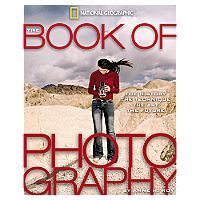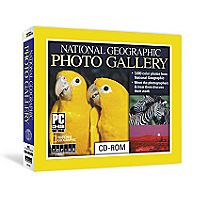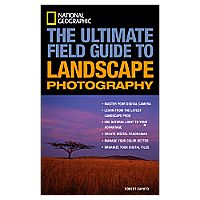
Canon PowerShot G6 The Canon PowerShot G6 has a 7.1 megapixel resolution, a 4x optical zoom, as well as a wide range of scene modes and manual controls. Even though it lacks a digital SLR body, the images shot with this camera are nothing short of outstanding. It�s also one of the cheapest advanced digital cameras out there.
Olympus C-7000 The Olympus C-7000 zoom offers a 7.1 megapixel resolution and 5x optical zoom. It also boasts 5 scene modes and full manual options. A very attractive buy, although the optional lenses are not allowed.
Nikon D70 The Nikon D70 is one of the best-selling entry level digital SLRs. It has a solid design, a bewildering range of options, powerful speed, as well as great photo quality. With its cheap price, this 6.1 megapixel SLR is one of the best value cameras for serious photographers looking to upgrade their camera.
Canon Digital Rebel The 6.3 megapixel Canon Digital Rebel is a direct competitor to the Nikon D70. It targets photographers at the lower end of the advanced digital SLR market. Its low price, excellent image quality and speed give the Nikon D70 a run for its money.
Sony Cybershot Pro DSC-V3 The Sony Cybershot Pro DSC-V3 is a decent advanced camera which is light and easy to use. With its 7.2 megapixel resolution and 4x optical zoom, it�s a great buy. Do note the colors can be a bit poor in some shots.
Canon EOS-1D Mark II The Canon EOS-1D Mark II is a new digital SLR aimed at professional photographers who want excellent customization options, great photo quality and impressive speed. This 8 megapixel camera is high on my list of recommendations.
Olympus C-8080 With its 8 megapixels and a 5x optical zoom, the Olympus C-8080 represents great value for those hunting for a digital SLR. While it doesn�t sell as well as the Canon and Nikon SLRs, I think Olympus comes up with pretty decent advanced cameras too.
Konica Minolta DiMAGE A2 The Konica Minolta DiMAGE A2 is a hot favorite amongst professionals. From a feature and function point of view, it�s one of the best digital SLRs I�ve seen. However, the build quality lacks that nice and heavy SLR feel.
Sony DSC-F828 Featuring a whopping 8 megapixel image resolution, the Sony DSC-F828 comes replete with a powerful 7X zoom lens and great camera optics. Very nice camera indeed.
Conclusion There are lot of cameras suitable for the advanced digital photographer, but the list above covers some of my favorites. I particularly like the Nikon D70 and Minolta DiIMAGE A2. One shopping tip to remember is that the camera above tend to be more expensive than the average point-and-shoot model. So do consider carefully whether you need to features before buying the camera. If you're just starting out in digital photography, you may want to try a simpler and cheaper model first.
About the author: Gary Hendricks runs a hobby site at www.basic-digital-photography.com. Read his tips on digital photography and learn to shoot better photos with your digicam.











